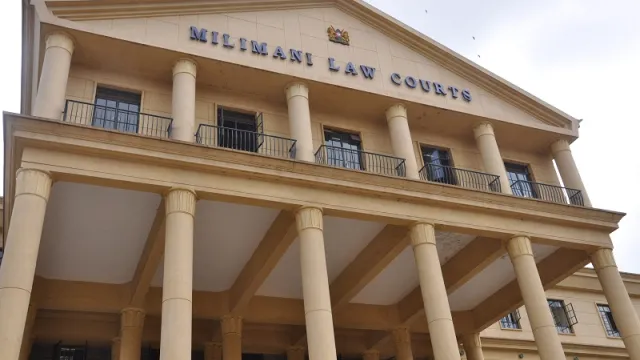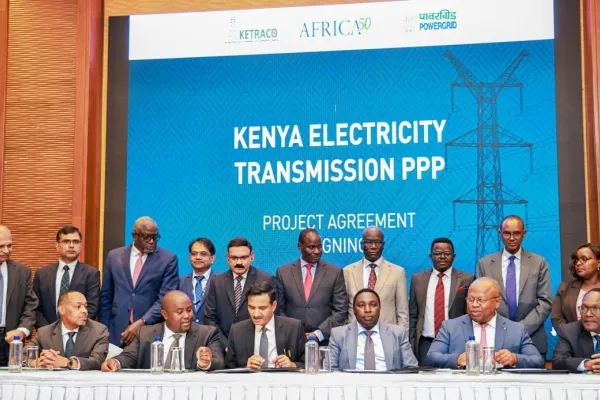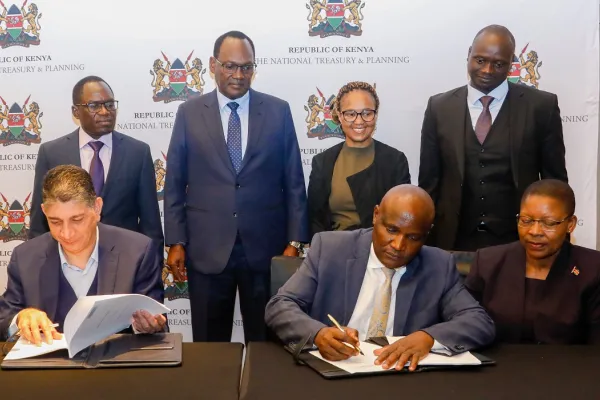The question of consent in photography

The question of consent in photography
I spent my first salary settling a dispute with a man whose marriage was broken because I portrayed him and some strange woman as husband and wife on the cover of a health insurance brochure.
In 2019, celebrated comedian Churchill of Laugh Industry suffered online backlash when his media team reportedly cropped out the watermark of an iconic aerial photo of Kisumu to market an upcoming show in the lakeside city without the permission of or acknowledgment of the author, an equally celebrated photographer from the town.
More recently, a court in Kenya ruled that Machakos University pays an ex-student Kes700,000 for using her photo for advertisement without consent. The student sought Kes10 million in compensation for the violation of image rights, right to privacy, human dignity, and breach of data rights.
These are a few living examples of individuals and companies who got themselves in trouble due to sheer disregard or ignorance of data protection laws and the ethics of photography.
Many more suffer lawsuits or threatened litigation because of a perception of easy money to be acquired in those cases or because individuals are genuinely upset about how their images have been used.
The only sure way to avoid such debacles is to always seek consent from people you intend to photograph and from photographers if you are a publisher for example a social media manager.
Using one’s image without consent amounts to commercial exploitation if it is used for the benefit of a business, which largely applies to personal businesses, institutions of learning, and brands of limited liability companies including nightclubs.
Beyond finances, there is a dicey issue of how a photo subject is portrayed in one’s work. Are you showing the subject, as if they are endorsing a message (that they may not even believe in) and are they represented in an empowering light?
If a photo causes embarrassment, ridicule, or humiliation to the subjects then those are valid grounds for a lawsuit even if consent was sought and this may apply commonly in newsrooms, the nonprofit, and development sectors.
Read also: The cost of ‘fotomoto’, the most valuable thing today
Sometimes acknowledging the source of an image as a publisher if you do not own the rights to a photo is enough to safeguard you against complaints from the original authors even though it is not a foolproof method.
There are also few but limited "newsworthy" use of photos that may override one’s consent and applies mainly to journalists and news outlets capturing moments in public spaces. Even so, they are also bound by the individual’s constitutional rights to privacy and dignity and especially when minors are involved.
It is imperative for a photographer to get recorded verbal or written permission from parents or guardians through a photo release before using a minor’s image publicly since they are incapable of consent.
As a photographer, you may obtain verbal and nonverbal permission before or after taking photos depending on the circumstances but I consider written consent before taking photos to be the gold standard for safety and professionalism.
In instances where you may need to take identifying photos of a group of people, for example, people gathered in a Chief’s baraza, you can verbally alert the group members that you will be taking photos for XY purposes and anyone who has an objection should alert you. Once you have obtained your shots and happen to identify a photo that would potentially be used in isolation, it is best to approach the subject in the photo and sign an individual photo release with them.
A photo release or consent form should indicate the name of the photo subject, the date, contact, and location of the shoot, and that the subject has permitted you to copyright, publish or use the photographs.
A person being photographed must have full knowledge of where, when, how, and for what purpose the photographs will be used, and with the understanding that they can say “no” without consequence as covered under the rights of data subjects in Kenya’s 2019 Data Protection Act. This explanation should be covered in your photo release especially if you represent a corporate or institution that offers services or holds ‘power’.
In most commercial settings, photo models will sign a time-bound photo release accompanied by a fair amount of payment or value proposition.
With all the hassle and costs involved with professional models, most institutions especially banks have resorted to using royalty-free stock images in their marketing, but sometimes find themselves in awkward moments when they realize they and their competitors are using an identical online model for their campaigns.
I believe that as content creators we can do better in seeking and documenting consent for the material we publish, while corporates have the opportunity to invest in training their creative staff on data and privacy regulations aided by the Office of the data commissioner as well as setting aside budgets for the creative processes including paying photo models and photographers.
Emmanuel Oyier is an Advocacy and Communications Practitioner Email: [email protected] Twitter: @owyier



